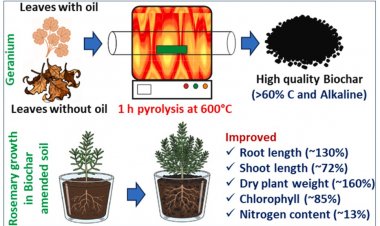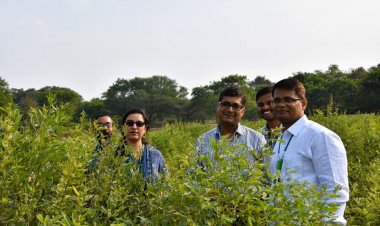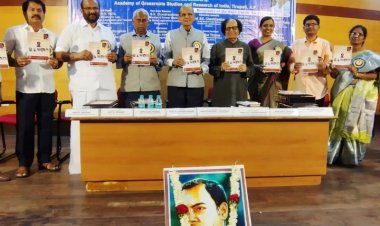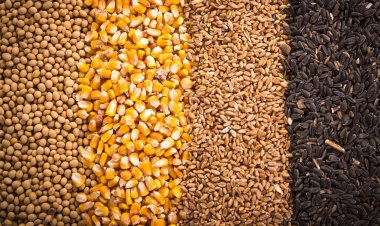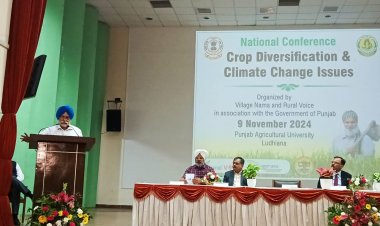IIT Madras develops device to detect milk adulteration in 30 sec
The test could be even performed at home. It can detect multiple substances commonly used as adulterating agents such as urea, detergents, soap, starch, hydrogen peroxide, sodium-hydrogen-carbonate and salt. Unlike conventional laboratory-based methods to test the purity of milk, which are both expensive and time-consuming, this new technology is affordable and could also be used to test other liquids such as water, fresh juices, and milkshakes for traces of adulteration.
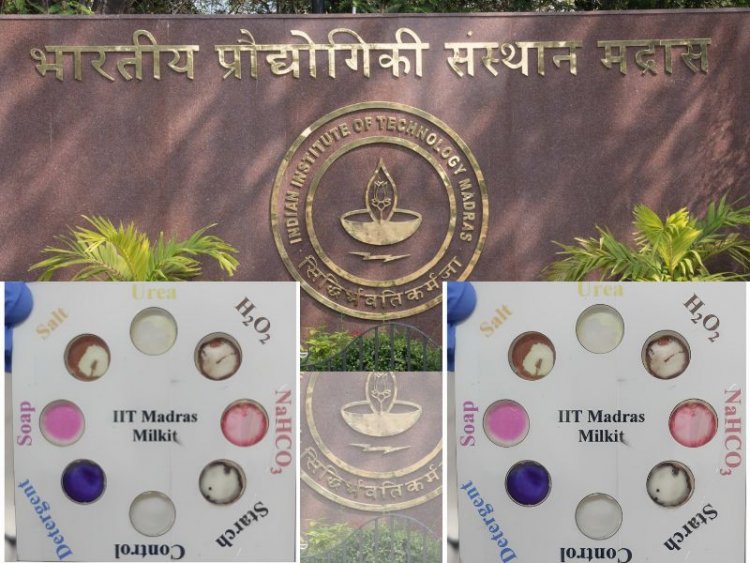
Researchers in Indian Institute of Technology Madras (IIT-Madras) have developed a three-dimensional (3D) paper-based portable device that can detect adulteration in milk within 30 seconds. The test could be even performed at home. It can detect multiple substances commonly used as adulterating agents such as urea, detergents, soap, starch, hydrogen peroxide, sodium-hydrogen-carbonate and salt.
Unlike conventional laboratory-based methods to test the purity of milk, which are both expensive and time-consuming, this new technology is affordable and could also be used to test other liquids such as water, fresh juices, and milkshakes for traces of adulteration. Only a millilitre of any liquid would be as a sample to test for adulterants.
This research was led by Dr. Pallab Sinha Mahapatra, Associate Professor, Department of Mechanical Engineering, IIT Madras, along with Research Scholars Mr. Subhashis Patari and Dr. Priyankan Datta. They co-authored a Research Paper that has been published in the prestigious peer-review journal Nature (https://doi.org/10.1038/s41598-022-17851-3).
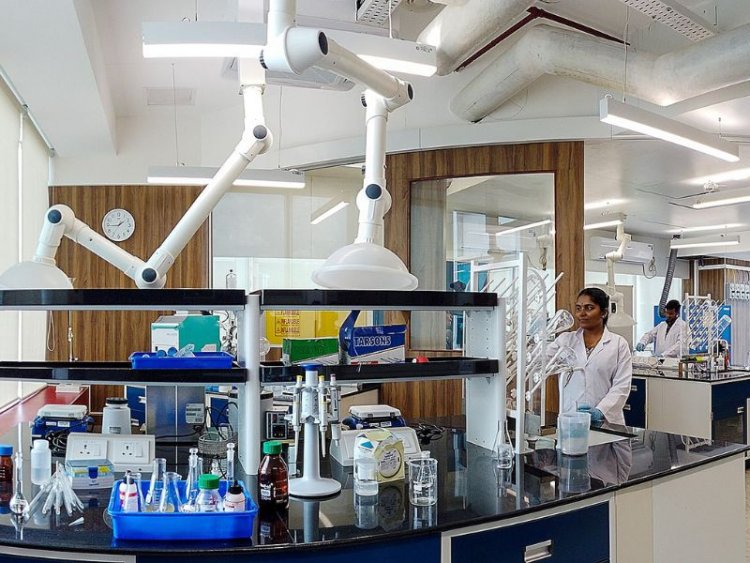
Elaborating on the functioning of this paper-based device, Dr. Mahapatra, said, “The 3D paper-based microfluidic device is made up of a top and bottom cover and a sandwich structure middle layer. This 3D design works well for transporting denser liquids at a consistent speed. The paper is treated with reagents and is left to dry. Both paper layers are adhered to both sides of the support after drying, and the covers adhere with double-sided tape. Whatman filter paper grade 4 is used in this design, which aids liquid flow and allows for the storage of more reagents.”
He added that all the reagents are dissolved either in distilled water or in ethanol, depending upon their solubility. “Using colorimetric detection techniques, all the adulterants are detected in different liquid samples. It is inferred from the investigation that the reagent only reacts with the specific adulterant in this method and not with any milk ingredients. Hence, this analytical tool can help to monitor liquid food safety and thereby increase the traceability of tainted milk in remote areas of developing countries,” he explained.
Milk is one of the most vital for leading a healthy life and yet is the most adulterated food item in the world. Adulteration of milk is a growing menace, especially in developing countries like India, Pakistan, China, and Brazil. Consumption of adulterated milk could cause medical complications such as kidney problems, infant death, gastrointestinal complications, diarrhoea, and even cancer.



 Join the RuralVoice whatsapp group
Join the RuralVoice whatsapp group

















